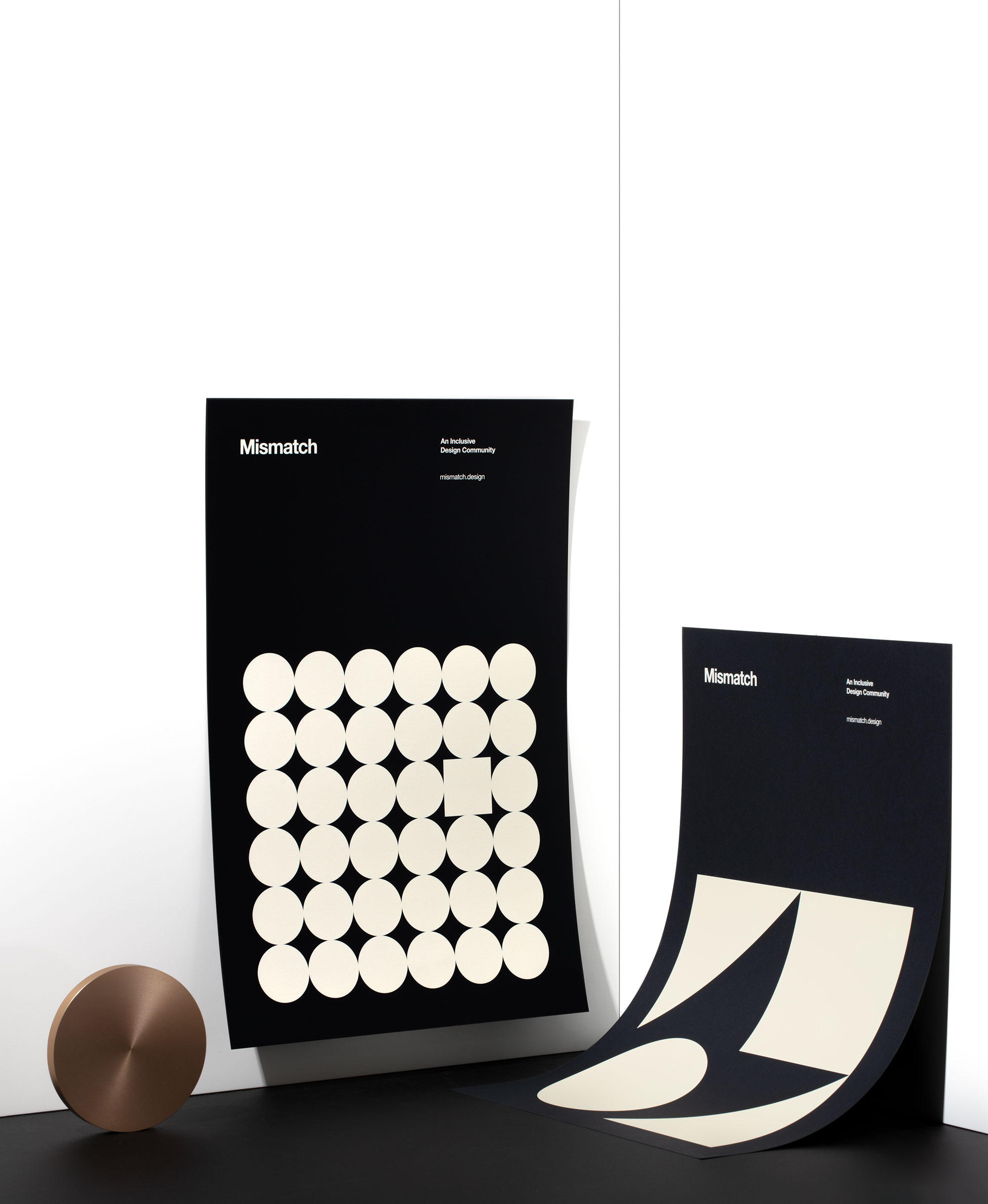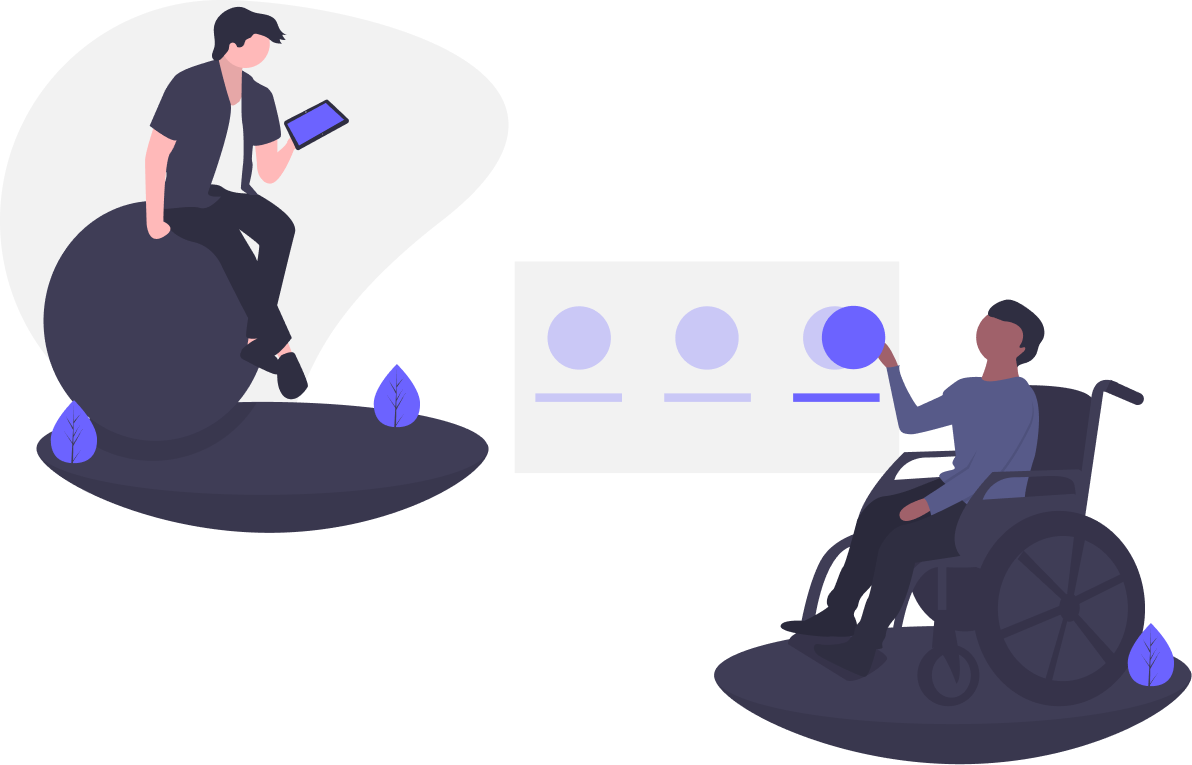


Each of these examples is a "mismatch", a design anomaly that deprives a group of people of the use. In other cases, the small size of some women forces them to wear shoes in the children's department. Similarly, racialized people are confronted with facial recognition systems that are set up to distinguish only white-skinned people. This is particularly the case for people in wheelchairs for whom access to certain buildings is impossible. Very often, products and infrastructures designed by designers leave out entire populations who cannot use them. That not being able to use an object is a source of social exclusion That one of the first typewriters was designed for the blind That inclusive design can enhance a company's image As the author of the best-selling book Mismatch: How Inclusion Shapes. It allows you to have the essential ideas of a big book in less than 30 minutes.īy reading this summary, you will discover how design can contribute to the perpetuation of sexist, racist or validist biases. Kat Holmes is Chief Design Officer and EVP at Salesforce where she's driving the future of SaaS and CRM experiences. And each time we remedy a mismatched interaction, we create an opportunity for more people to contribute to society in meaningful ways.* Our summary is short, simple and pragmatic. It can be a catalyst for creativity and a boost for the bottom line as a customer base expands. Holmes shows how inclusion can be a source of innovation and growth, especially for digital technologies.

A gamer and designer who depends on voice recognition shows Holmes his "Wall of Exclusion", which displays dozens of game controllers that require two hands to operate an architect shares her firsthand knowledge of how design can fail communities an astronomer who began to lose her eyesight adapts a technique called "sonification" so she can "listen" to the stars.ĭesigning for inclusion is not a feel-good sideline. Join us for the conversation about Mismatch: How Inclusion Shapes Design.

Holmes tells stories of pioneers of inclusive design, many of whom were drawn to work on inclusion because of their own experiences of exclusion. will be hosting an author talk for Kat Holmes on Oct. In Mismatch, Kat Holmes describes how design can lead to exclusion, and how design can also remedy exclusion. These mismatches are the building blocks of exclusion. Sometimes designed objects reject their users: a computer mouse that doesn't work for left-handed people, for example, or a touchscreen payment system that only works for people who read English phrases, have 20/20 vision, and use a credit card.


 0 kommentar(er)
0 kommentar(er)
